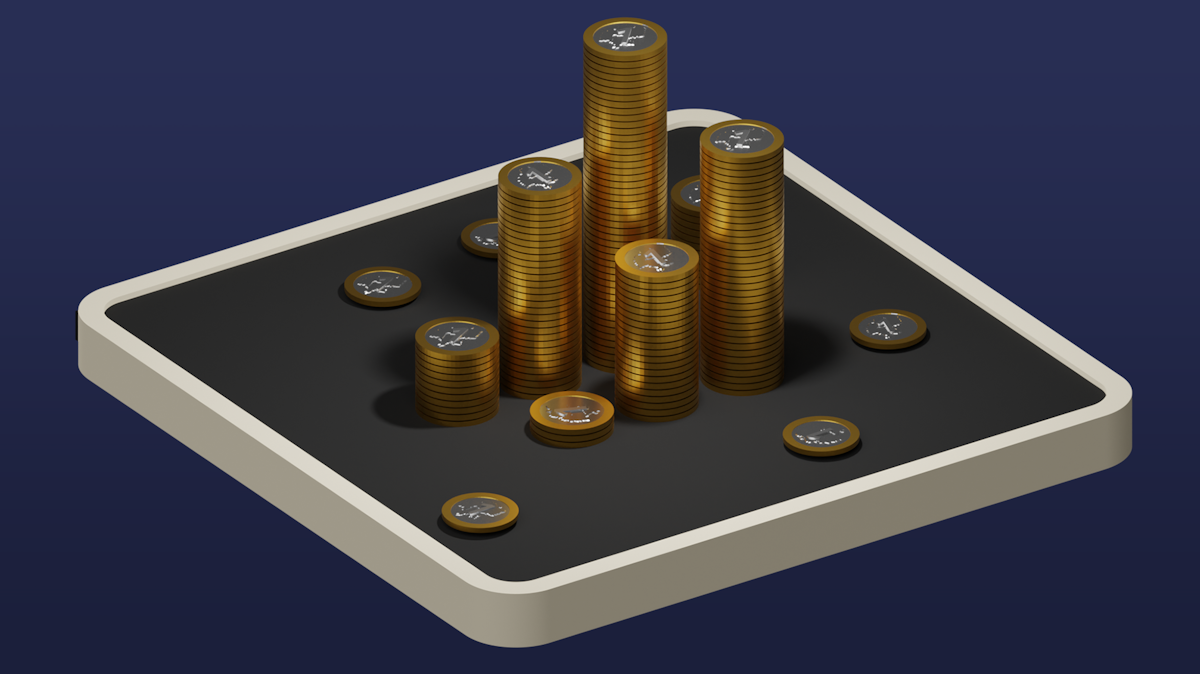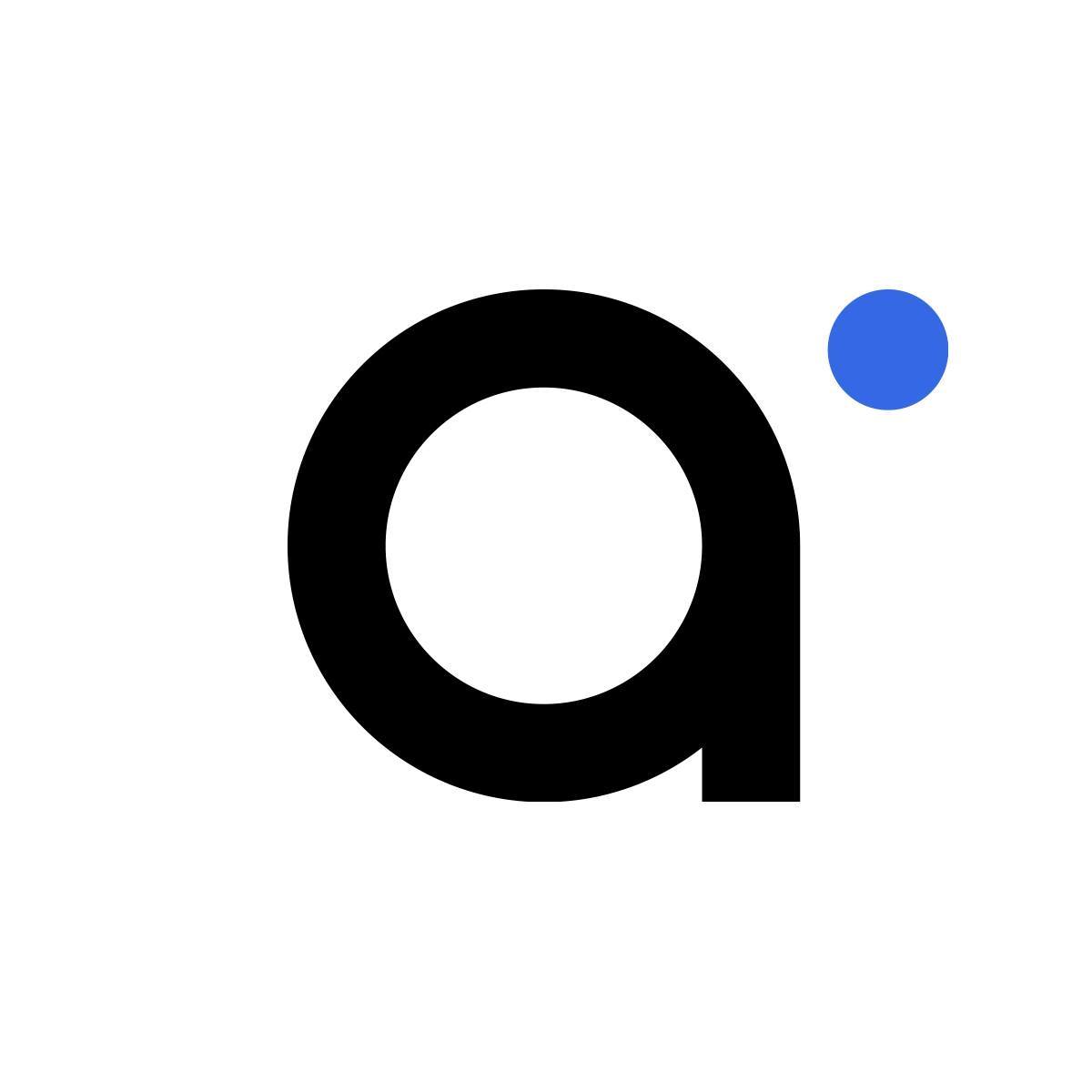What is inflation?
Inflation means inflating. As the money supply increases, prices rise, the value of money falls and purchasing power declines. Actually, everyone is familiar with the word inflation. It makes you think of rising prices. Yet it is a lot trickier than it seems at first glance. That is why we have written this lesson, so that after reading it, you will be quite familiar with the many facets of inflation.
Key indicators
✔️ Inflation is an increase in the money supply in an economy, which often results in rising prices and monetary depreciation, reducing purchasing power.
✔️ Inflation occurs when there is too much money in an economy without commensurate growth in the production of goods and services, leading to increased demand and price increases.
✔️ Measuring inflation involves looking at daily groceries, services and consumer durables. This is expressed in a consumer price inflation index, such as the HICP in the euro area.
✔️ You have two main forms of inflation: cost inflation and spending inflation.
Inflation
Inflation literally means inflating. You can think of a balloon getting bigger and bigger. Monetarily speaking, it is a multiplication of the amount of money present in an economy. The rise in prices, which makes the money already present worth less, is called money devaluation. Your purchasing power then goes down.
What are the causes of inflation?
In general, the prices of products and services rise when there is more money in an economy, without increasing the production of goods and services. Thus, there are more potential buyers and therefore the price of a good will rise.
A simple example will demonstrate this. Suppose there is 1000 euros in a micro-economy and a certain number of goods and services against it, then you have determined the present state of this economy.
If now the money supply doubles, what would that do to prices? They would be guaranteed to rise. There would be much more demand, as more money was pumped into the economy. If the number of goods and services produced is not doubled, prices will go up substantially. The alternative would be that all products and services have declined and there is money left over for which you cannot buy anything.
There are also a number of causes of inflation that have nothing to do with the money supply. These include increased production costs, import prices, commodity prices and tax increases.
There are several schools of economics that identify the causes of inflation.
For example, Keynes talks about the increase in demand for equal supply, equal demand for a decrease in supply and a spiral that pulls everything along, with rising costs being passed on in price, causing other things to rise in price and so on endlessly. A well-known example of the last is the wage-price spiral.
The monetarist view seeks to curb inflation and deflation primarily by keeping an eye on the money supply and adjusting interest rates where necessary by central and commercial banks. A well-known equation from this view is M x V = P x T, where M is the money supply. V is the velocity of circulation. How fast money goes from hand to hand. P is the price. T is the national product, or Trade.
The Austrian school sees inflation simply as the multiplication of the money supply.
How is inflation measured?
Inflation is measured using a basket of products that are frequently purchased by consumers. Perhaps other products also increase in price, but much less of them are purchased, such as stamps, so it doesn't matter that much on the whole.
The measurement of inflation looks at daily groceries, services and consumer durables. The base year for measurement has a price index of 100. All items in the basket are put into a spreadsheet by Eurostat, including number and price. Data are taken from the Central Statistical Office by country.
When all units are multiplied by the new price you will get a new total price which you divide by the old total price to know the level of inflation. This is called the euro area consumer price inflation index, also known as HICP (Harmonized Index of Consumer Prices).
Because all euro area countries use the same method, comparisons can be made. On this, the ECB can make decisions to steer inflation in the right direction, for example by raising interest rates if prices rise too much. In the mid-term, the ECB wants to aim for an average inflation rate of 2%.
If we look at the figures, we see that the ECB has succeeded very well in this so far. From 2003 - 2020, inflation was between 0.2% and 3.3%, with 3.3% in 2008 being an outlier.
What forms of inflation are there?
You have two main forms of inflation: cost inflation and spending inflation.
Cost inflation
There are many forms of this. For example, a company may pass on increased costs in the price of a product to maintain profits. The disadvantage of this is that a drop in sales may follow.
Payroll cost inflation also falls under cost inflation. If unit labor costs increase and this is reflected in the price this occurs. If worker productivity increases, the price of the product will not always have to increase. After all, you can sell more products, thus maintaining profits. At the same productivity and higher wages, the producer will increase the price in order to avoid undermining profitability. This can lead to loss of competitiveness, though.
Finally, we have imported inflation, where the cost of raw materials or semi-finished goods increases. Taxes and excise duties can exacerbate this effect.
Spending inflation
This occurs when there is overspending. When companies are running at full capacity but they are struggling to meet demand they start raising prices. After all, they cannot produce more, but they can make more profit by raising the price of their products. Ideally, they will raise their price to the extent that they can meet the reduced demand through higher prices without collapsing demand. Thus, this is where inflation occurs.
An opposite effect is deflation. This is where prices fall, causing consumers to postpone purchases until prices fall further. This, too, is very bad for an economy.
What are the consequences of inflation?
The consequence of inflation is that prices rise. This doesn't have to be a problem if wages also rise.
Due to a strategy of wage moderation, wages have been kept artificially low for some time. Wage moderation means that salaries rise less than labor productivity. As a result, workers become a little poorer each year because prices rise more than wages.
Companies then do get richer, because more is produced and their cost price rises moderately.
A favorable inflation rate is around 2%. As prices keep rising, consumers are encouraged to buy more and hoard less, because money hoarded becomes worth less and less. Borrowing also becomes more interesting because the amount of money you borrowed has become 2% cheaper to pay back a year later. The state also benefits from this, because the national debt is actually falling.
High inflation scares off investors. Consumers see their savings vanish and start taking them out of the bank and exchanging them for harder currency or precious metals and the like, or cryptocurrency of course! These so-called bank runs can completely collapse a currency and signal the end of a monetary system.
It becomes devastating when you have to deal with hyperinflation. That's when prices rise so fast that your income evaporates at a rapid rate, let alone pot it up. A famous example of this is Germany, where in 1923 you had to pay billions of marks for bread. The inflation rate at the time was 2500% per month. People proceeded to trade goods for goods. Recent examples are Argentina at the end of the 20th century with inflation rates of 3000% and the absolute leader Zimbabwe under Mugabe. In 2007, the inflation rate there was 10,000%, after which it went up another notch and later reached an inflation rate of billions of percent!
How is inflation fought?
Central and commercial banks can intervene if inflation gets too high or too low. If inflation gets too high, they will raise interest rates so that borrowing money becomes more expensive and the economy cools down a bit. There is then less money in the economy, so prices will start to fall. One risk with this is that the country will go into recession.
When inflation is a bit low, interest rates are lowered, which means more borrowing and the economy is pulled up. There will be more money in the economy and therefore prices will start to rise again, all things being equal.

